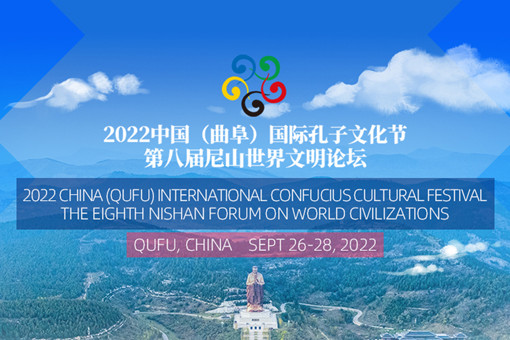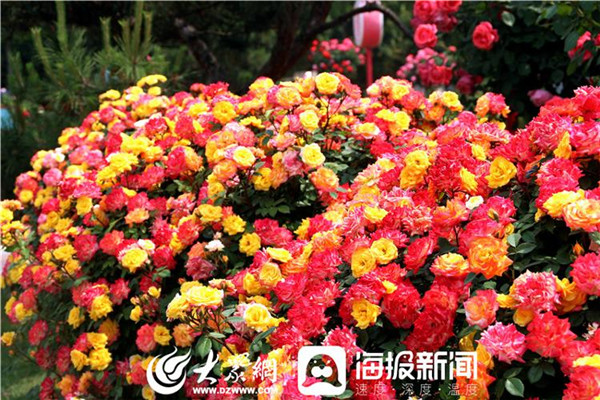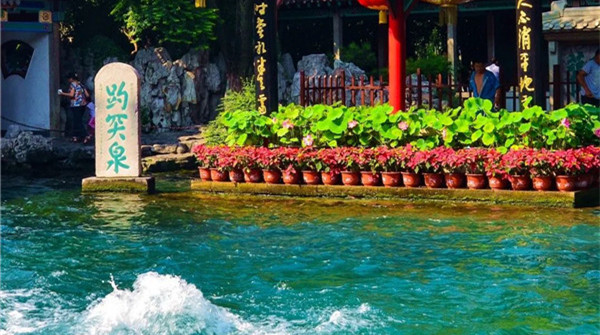Tradition around the block
An ancient printing technique is in danger of disappearing despite efforts to revitalize it, Wang Kaihao reports in Suzhou, Jiangsu.
Suzhou's old "peach-blossom castle" neighborhood, Taohuawu, appears at first glance to be a normal road with an exceptional name. But, as Spring Festival approaches, many elderly residents are thinking about how the area is known for producing Lunar New Year paintings that are hung on walls to bring good fortune.
Taohuawu bears witness to the city's prosperity in the Ming (1368-1644) and Qing (1644-1911) dynasties, when the area hosted many printing houses.

Three Taohuawu woodcut pictures from the reign of Qing Dynasty (1644-1911) Emperor Qianlong, a booming time of the elegant folk art genre in Suzhou, Jiangsu province.They are now collections of the Taohuawu Woodcut New Year Pictures Society. Photos Provided to China Daily
Over 50 publishers were squeezed into the neighborhood when the industry peaked locally, during the reign of Emperor Qianlong (1736-95).
Taohuawu produced more than 1 million works a year, including many that were exported from the city in Jiangsu province to Southeast Asia, Europe and Japan, where Taohuawu is believed to have greatly influenced Japanese ukiyo-e prints.
An old saying about New Year paintings goes: "There's a peach in the south and a willow in the north." The "willow" is Tianjin's Yangliuqing area.
But Taohuawu Woodcut New Year Pictures Society head Hua Lijing reveals regret when recalling the neighborhood's past glory.
Woodblock carver and national-level inheritor of intangible cultural heritage Fang Zhida passed away in December. He was 83.
"We'd just finished detailed digital recordings of Fang and several other elderly inheritors' working processes and other relevant information," Hua says.
"It was a timely rescue. I hope Fang can rest in peace without worrying about the technique's survival."
The society on the Suzhou Art & Design Technology Institute's campus has worked to ensure Taohuawu woodcut prints didn't disappear after the master artisan passed away.
Taohuawu's prints are distinct from Yangliuqing's in that artisans don't paint them after printing. This makes designing and producing the blocks more complicated.
The woodcut print genre dates to the early Ming Dynasty, when Suzhou's economy soared. The city at one point contributed 12 percent of the nation's tax revenue.
"Better work opportunities lured the country's best craftspeople to Suzhou," National Art Museum of China researcher Zhang Qing says.
"A division of labor formed among painters, woodblock carvers and printers. They cooperated closely with one another."
Christian missionaries were active in the area during the Ming Dynasty, and they introduced Western scenography and etching prints, which were blended into Taohuawu's techniques.

Sun Yibo is among six new-generation artisans at the New Year pictures society that seeks to safeguard the endangered craftsmanship. [Photo by JIANG DONG / CHINA DAILY]
"We can also see the elegant and highly aesthetic styles of the local literati paintings in the prints," Zhang says.
"The unique genre perfectly blends the East and the West."
Eventually, however, Western printing technology later overtook the traditional local methods.
Printing machines arrived in the late Qing Dynasty and soon dominated publishing.
Roughly dyed and flamboyant colors largely replaced elegance in the early 20th century.
Only a few struggling printers survived in Taohuawu. The rest searched for new markets in the countryside to cater to Spring Festival demand.
"People would recognize Taohuawu's signature style on New Year cakes' decorative wrapping paper," Hua says.
"But it was typically thought of as something belonging to the past."
Most of the old woodblocks were destroyed during the "cultural revolution" (1966-76).
Only four artisans, including Fang, still possessed the traditional skills when people realized the urgency of revitalizing the technique, following the reform and opening-up.
The Taohuawu Woodcut New Year Pictures Society was reincarnated in 1979.
It enjoyed a revival until the '90s, when a lack of young blood sapped its vitality.
It was on the verge of bankruptcy by the time it relocated to the Suzhou Art & Design Technology Institute in 2001.
Taohuawu consequently became exceptional among New Year woodcut prints in that the genre fully relies on formal education.
About 30 new-generation artisans have been trained.
Sun Yibo was one of the first students to enroll. The 38-year-old from Jiangsu's Nantong, who graduated from the institute with a decorative-art degree, says he knew nothing about Taohuawu before he began to study woodcut printing in 2002.
"I was attracted by its beautiful name. That's it," Sun says.
"But the longer I spent with it, the more I got hooked."
Sun later took a job in a design company, but he got bored with mundane office life. So, he returned to woodblock printing.
"I'm good at it. It needs me. So, why should I leave it?" he says.
Since there are so few practitioners, he has to learn every step, including sketching, carving and printing.
Duplicating old plates has been a focus of preserving the heritage, but Hua says it's sometimes difficult to replicate every detail accurately.
"Some typical patterns can't be found in China now," he says.
"We need them as references."
Suzhou hosted an international exhibition of Taohuawu pictures from the Ming and Qing in 2016.
The goal was not only to display the prints but also to seek international cooperation in studying their development.
Overseas institutions, including the French National Library and Kobe City Museum in Japan, brought their collections back to their birthplace for the first time.
Another international-exchange exhibition was staged in 2018. It included exhibits from such countries as Great Britain, South Korea and Vietnam.
Only six new-generation artisans are still in the picture society because of relatively low pay and many distractions from outside. It's challenging for them to balance their role as a lifeline for this cultural heritage and their personal livelihoods.
"We have to look for different projects to make ends meet," Sun says, smiling.
"I don't want to make much money since we've chosen intangible cultural heritage as our careers. But I at least have to earn an average income. Otherwise, my wife won't support me."
The team cooperated with a major Chinese online-game operator to design scenes in a game featuring woodcut prints last year. Fang led the project as his final contribution.
"Some people can be more creative to better fit the market," Hua says.
"Others can be more focused on developing expertise and academic studies if they get more government support."
Suzhou Art & Design Technology Institute graduate Qiao Lanrong started a studio at Eslite Bookstore in 2015, when the chain from Taiwan came to Suzhou.
She has designed such products as postcards, scarves, lamps and qipao (traditional dresses) using woodcutprint designs.
For example, she releases 10 new scarves every season.
"I want to bring Taohuawu beyond the (traditional) printing platform. Mixing in modern designs can make tradition more accessible," she says.
"But my tastes are limited. I've always designed for young women. It'll be better if more people participate."

Typical styles of literati paintings can still be seen in Taohuawu works today. [Photo by JIANG DONG / CHINA DAILY]
Narrow alleys hugged by white walls and black-tiled roofs near ancient canals are icons of Suzhou, which is often called the "Venice of the East".
But the city has been expanding in recent years and today hosts industrial parks and skyscrapers.
Half of the city's 13 million residents were born elsewhere, making it one of the country's top destinations for migrants.
Huai Nian, deputy director of the city's public cultural center, says Taohuawu's revival is important to the new society.
"New residents can blend into the local culture faster if they know this tradition better," she says.
"They can also nurture a greater sense of belonging here."
The center recently released video guides on how to properly hang the New Year pictures for the Spring Festival.
"We'd like to bring New Year pictures back into the New Year," Huai says.
Contact the writer at wangkaihao@chinadaily.com.cn

 Nishan Forum on World Civilizations
Nishan Forum on World Civilizations Explore magnificent Yellow River culture in Shandong
Explore magnificent Yellow River culture in Shandong

